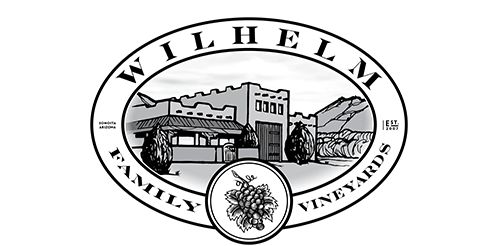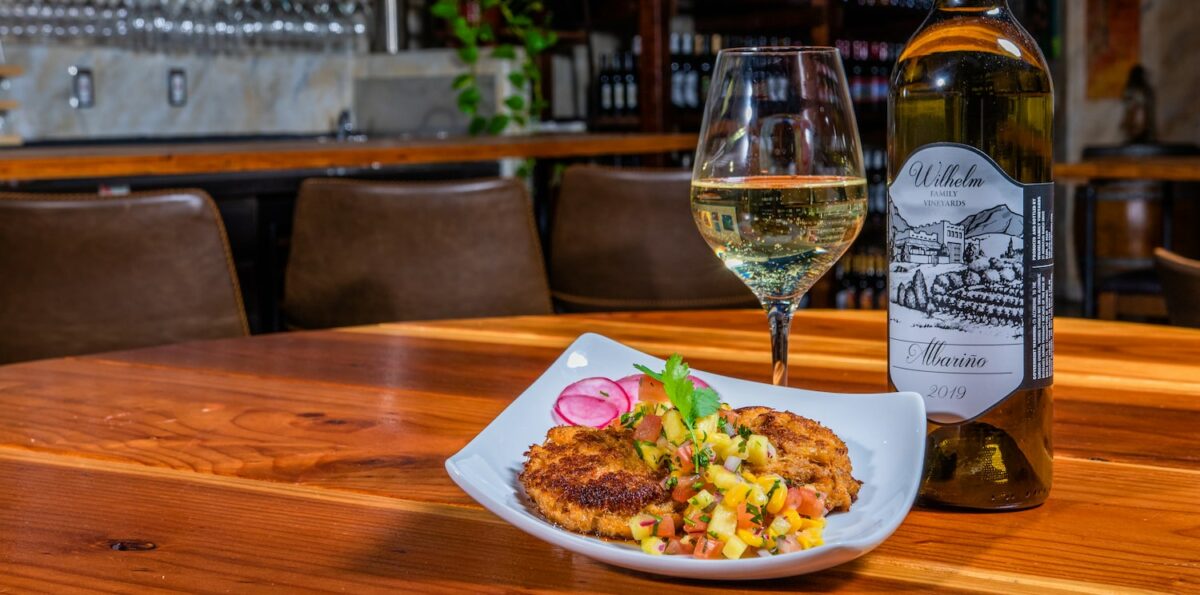Enjoying a glass of wine with a delicious meal is a relaxing and luxurious experience. When done right, wine pairing enhances both the food and the drink while bringing out the flavors of both. Picking the perfect wine to accompany a dish is both an art and a science. There are many tips and strategies that experts recommend and it can be helpful to understand the basics of how food and wine pairing works before you start experimenting. However, at the end of the day, pairing does not need to be highly technical and can actually be a playful and fun experience. Whether your favorite combination follows all of the established guidelines or is completely unique, the only important thing is that you love the pairing.
Some tips to help you start pairing wine with food:
Understand the Basic Flavors
There are many different flavors that can be found in food. Experts have identified over 20 different tastes, but there are six more basic categories that you can focus on for wine pairing purposes. These are fat, bitter, sweet, acid, salt, and piquant (spiciness). Technically speaking, spiciness is a sensation, not a taste, but it can be grouped with the tastes for the purposes of understanding the flavors that are part of a dish. Wine does not generally have flavors of fat, salt, or spiciness, but it can include the other three.
Pairings can be either congruent or complementary. In a congruent pairing, the food and the wine share a similar flavor component and help amplify this taste. This works well for sweet and acidic flavors, but not as much for bitterness. High-tannin wines and bitter food often become overwhelming together. Some examples of congruent pairings are a sweet wine with dessert or a high-acidity wine with a vinaigrette salad.
In a complementary pairing, the flavors are different but work well together. The options here can vary and what you enjoy will depend on your personal preferences. For example, you can try pairing a sweet wine with a salty dish if you know you love sweet/salty combinations. A common example of a complementary pairing is a bitter red wine with a fatty cut of red meat. Acid also pairs well with fat. It is often recommended to avoid pairing bitter and spicy, bitter and acid, or acid and spicy. However, acidic wines can make spicy dishes even stronger, so this can be enjoyable for those who really enjoy spice.
Balance Intensity
A great pairing tends to balance the intensity of the food and wine. A rich and flavorful dish will tend to overpower a delicate wine and vice versa. As a general rule, the wine you choose should be more acidic than the food so that it can stand out. A wine that is less acidic than the meal it is paired with may taste watered-down by comparison. In addition, dessert wine should typically be sweeter than the dessert it is served with so the wine does not end up tasting bitter. You should also consider the body of the wine and the heaviness of the food. A hearty meal is often best with a full-bodied wine that matches its intensity, whereas a light-bodied wine can easily be overpowered by a heavy dish.
Seek Recommendations
If you’re not sure where to start or you are looking for some guidance to find the best pairings, consider if there are any recommendations for the specific wine or food you are trying to pair. Many of our wines have pairing suggestions listed on the bottle and/or on our website.
Use Wines and Foods That You Like
It may seem obvious, but one of the most important guidelines for wine pairing is to use wines and food that you personally enjoy. Even if everyone you know recommends one specific wine to go with a meal, you probably won’t like the pairing if you don’t like the wine. Likewise, even a fantastic wine is unlikely to make you love a food that you don’t enjoy eating.
Try Our Hand-Selected Pairings
If you want to try some of our recommended wine pairings for yourself, visit our tapas kitchen in Tucson, AZ. We serve delicious food and can recommend a pairing that complements the dish while also matching your wine preferences. You can also talk with our staff about any of our wines to get more information about flavor profiles and pairing recommendations.
Whether you create your own wine pairings or visit our tapas kitchen, we are confident you will love our wines.

